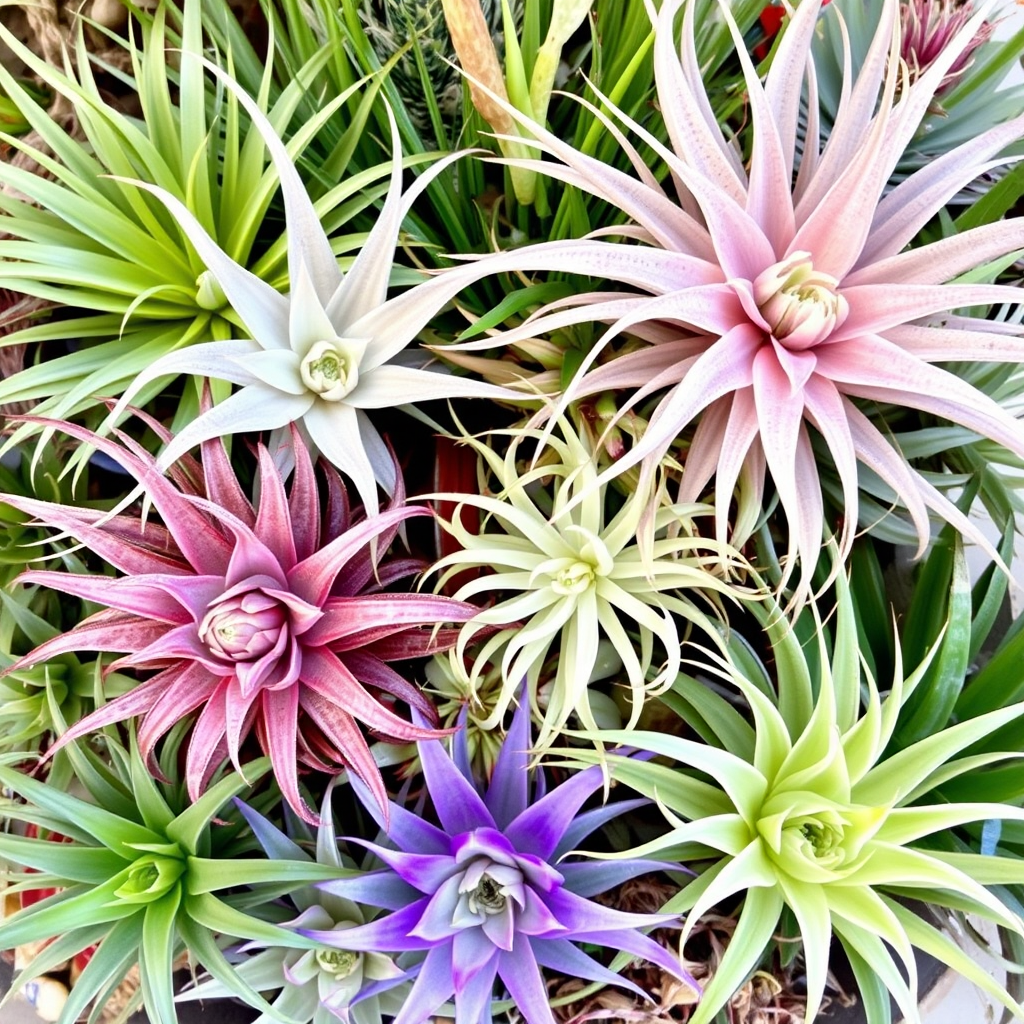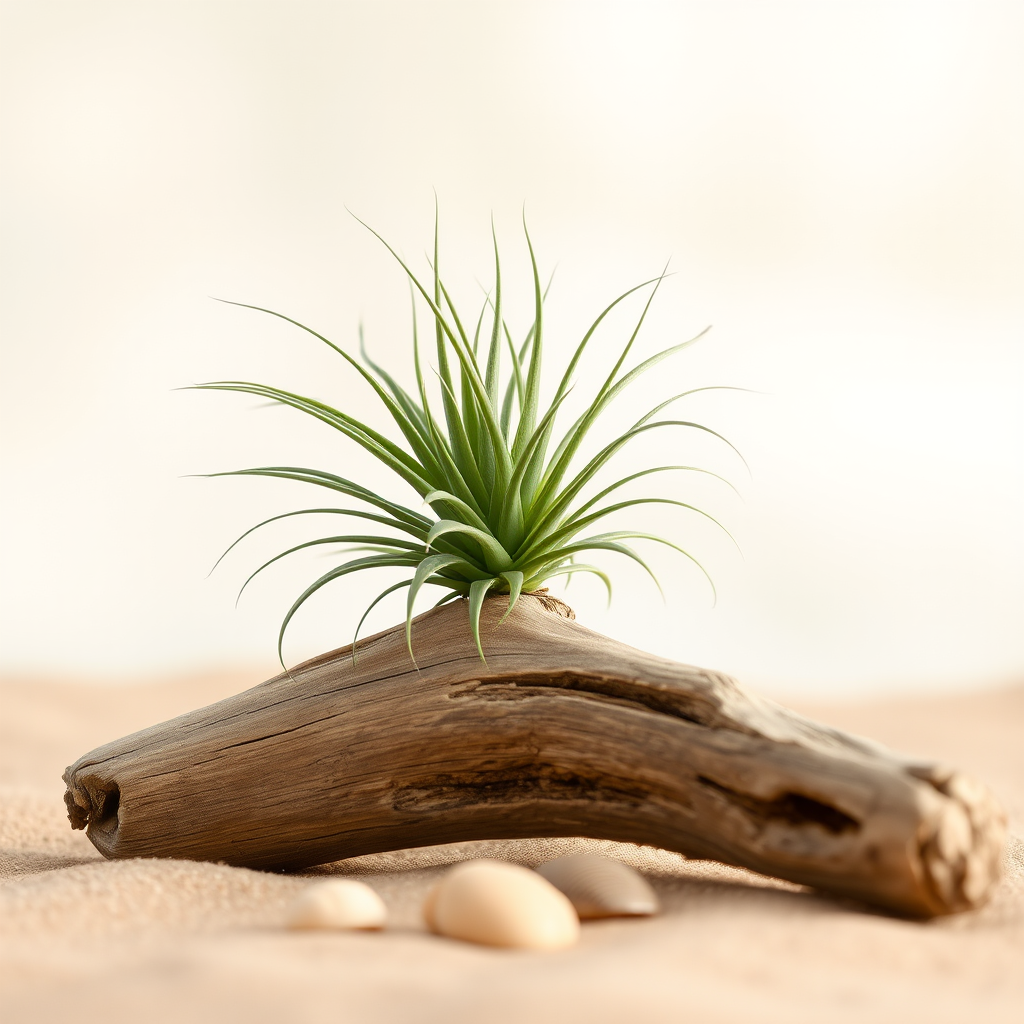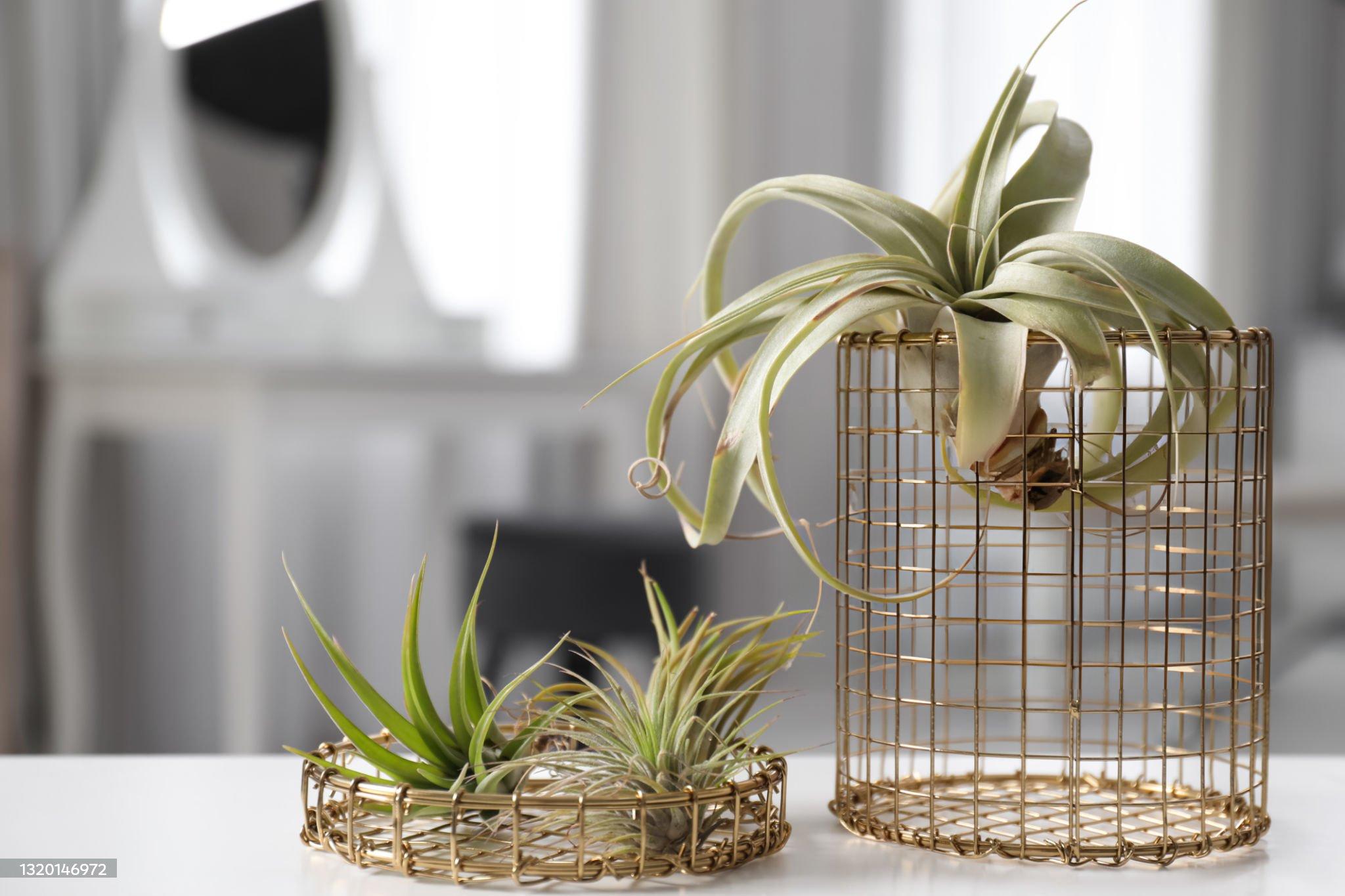Welcome to our comprehensive guide on caring for air plants. Whether you’re a beginner or an experienced enthusiast, this article will equip you with the knowledge and techniques needed to ensure your air plants thrive and flourish.
What are Air Plants?

Air plants, also known as Tillandsia, are unique plants that don’t require soil to grow. They belong to the Bromeliad family and are renowned for their ability to absorb nutrients and moisture through their leaves. This characteristic makes them incredibly versatile and allows them to be displayed in various creative ways.
Choosing the Right Air Plant
When selecting an air plant, consider factors such as size, species, and intended display method. Some popular air plant species include Tillandsia ionantha, Tillandsia capitata, and Tillandsia xerographica, each with its own care requirements and aesthetic appeal.
Light Requirements

Air plants thrive in bright, indirect light. Place them near a window where they can receive ample sunlight without being exposed to direct sunlight, which can lead to leaf burn. If natural light is limited, consider supplementing with artificial grow lights designed for plants.
Watering Techniques
Proper watering is crucial for air plants. While they don’t need soil, they do require regular moisture to survive. The best way to water aplants is by misting them 2-3 times a week or soaking them in room temperature water for 20-30 minutes. After watering, ensure they dry completely to prevent rot.
Air Circulation
Good air circulation is essential for air plants as it helps prevent stagnation and fungal growth. Place them in areas with adequate airflow, such as near a fan or open window. Avoid placing them in enclosed terrariums unless there’s ample ventilation.
Temperature and Humidity
Air plants prefer temperatures between 50-90°F (10-32°C) and moderate humidity levels. Protect them from extreme temperature fluctuations and ensure proper ventilation to prevent humidity buildup, which can lead to mold and rot.
Fertilizing Tips
While plants absorb nutrients through their leaves, occasional fertilization can promote healthy growth and vibrant blooms. Use a balanced, water-soluble fertilizer formulated for Bromeliads and apply it at quarter strength every 2-4 weeks during the growing season.
Display Ideas
Get creative with how you display your air plants. Consider placing them in glass terrariums, hanging them in decorative holders, or mounting them on driftwood or rocks. Experiment with different arrangements to showcase their beauty.

Common Issues and Solutions
Issue: Browning or Yellowing Leaves
Solution: Adjust light levels and watering frequency to ensure optimal conditions.
Issue: Overwatering
Solution: Allow the plant to dry completely between waterings and improve air circulation.
Issue: Pest Infestation
Solution: Remove pests manually or treat with an organic insecticidal soap.
